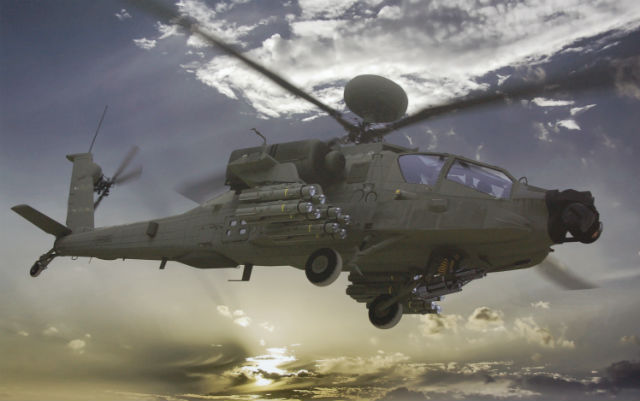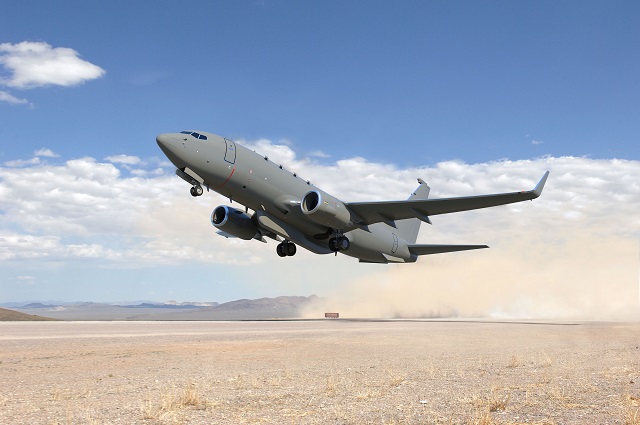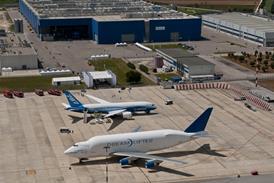Boeing Defense’s year-end delivery numbers for 2015 underscore its need to capture new business as its commercial brethren experience record production levels.
Boeing announced 7 January that it produced 186 military aircraft in 2015, with volume driven mostly by CH-47 Chinook and AH-64 Apache production, with 57 and 61 deliveries respectively.
Deliveries of the 737-800-based P-8A Poseidon bumped up to 14 compared to 11 deliveries the year before, and Boeing can look forward to serial production of the 767-derived KC-46A tanker this year, with an initial 18-aircraft order expected pending a government review.

Boeing's AH-64 Apache and CH-47 Chinook continue to be dominant players on the world market as new weaponry, sensors and block upgrades are introduced
MBDA
But that’s where the good news ends, with production of the C-17A ending in Long Beach, California, with five aircraft built, and F/A-18 and F-15 assembly in St Louis has bottomed out.
Super Hornet production dropped by nine aircraft compared to 2014, with 35 aircraft built. A dozen Strike Eagles were assembled, down by two compared to 2014.
With relatively few new opportunities on the horizon, the company faces losing more aircraft lines without further fighter sales, and orders of special-mission aircraft. Just one airborne early warning and control (AEW&C) aircraft is listed for 2015 – the final Turkish 737-700-derived Peace Eagle.
To arrest this trend, Boeing is trying desperately to reverse its loss to Northrop Grumman for up to 100 strategic bombers for the US Air Force, with a bid protest decision due by mid-February.
The next big aircraft opportunities are highly competitive, with no clear frontrunners. Boeing is working with Saab to capture T-X (350 aircraft) and is proposing a radar-carrying 737-700 for another air force programme: JSTARS Recap.

Boeing's JSTARS proposal
Boeing
Uncertainty still surrounds the US Navy’s carrier-based drone programme, although it received substantial new funding from Congress for fiscal 2016, apparently to mature a second aircraft that can face off against the Northrop X-47B.
Keeping F/A-18 and F-15 production humming will be just as tough as capturing new business.
US lawmakers threw the Super Hornet a lifeline late last year by funding a dozen F/A-18E/Fs and EA-18Gs this fiscal year, as the rate of assembly winds down to two jets per month this quarter.
Boeing is waiting on a potential order from Kuwait, and will be hoping for continued orders in the US Navy’s next five-year budget submission, which will be revealed in February.
Other fighter opportunities include Canada and Denmark, which have been flirting with alternatives to the Lockheed Martin F-35. Finland has recently begun examining replacements for its ageing F/A-18 Hornets, and the F-15 and F/A-18 are on the long list of potential candidates.
Source: FlightGlobal.com























